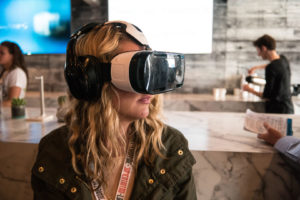Right now, there’s a lot of talk about virtual reality (VR) across many industries, including higher education. Everybody seems to agree that VR is going to have a major impact, but when you ask “When?” the general answer seems to be…soon!
Sure, the potential application of VR in the classroom is massive. But in this post we’ll focus on how virtual reality can be used by admissions, marketing, facilities, alumni and other higher education professionals to improve the campus experience (and make their job easier).
The Timeline: Consumers are Ready for Virtual Reality
A recent report found that 69 percent of adults 18-60 are “excited about experiencing VR,” particularly to “explore places” and “experience entertainment more deeply.”
And while the affordability and accessibility of VR hardware make these experiences easier to develop, the 2016 NMC Horizon Report estimates two- to three-year time-to-adoption for augmented reality (AR) and virtual reality (VR) in higher education.
We’re really not that far off from seeing schools using virtual reality, as any 360 photosphere can easily be turned into VR-ready image. Schools do need hardware–a 360 degree camera–to capture 360 videos, but the conversion software is readily available.
VR hardware sales are likely to take off around the 2016 holiday season. The upcoming launch of Sony’s VR-enabled PlayStation 4 will open many more doors for the technology; prospective students will soon be able to use their PS4 console and headset to visit school websites and interactive maps and get a feel for campus life. Likewise the just-announced Daydream VR hardware/software platform from Google will be interesting to watch as it’s designed to help hardware developers create new VR headsets.
In the process of working with thousands of education professionals at schools of every size, we’ve seen how interactive campus maps – as well as virtual tours and other media and technologies – are used by many different departments such as marketing, admissions, facilities, security, and alumni relations.
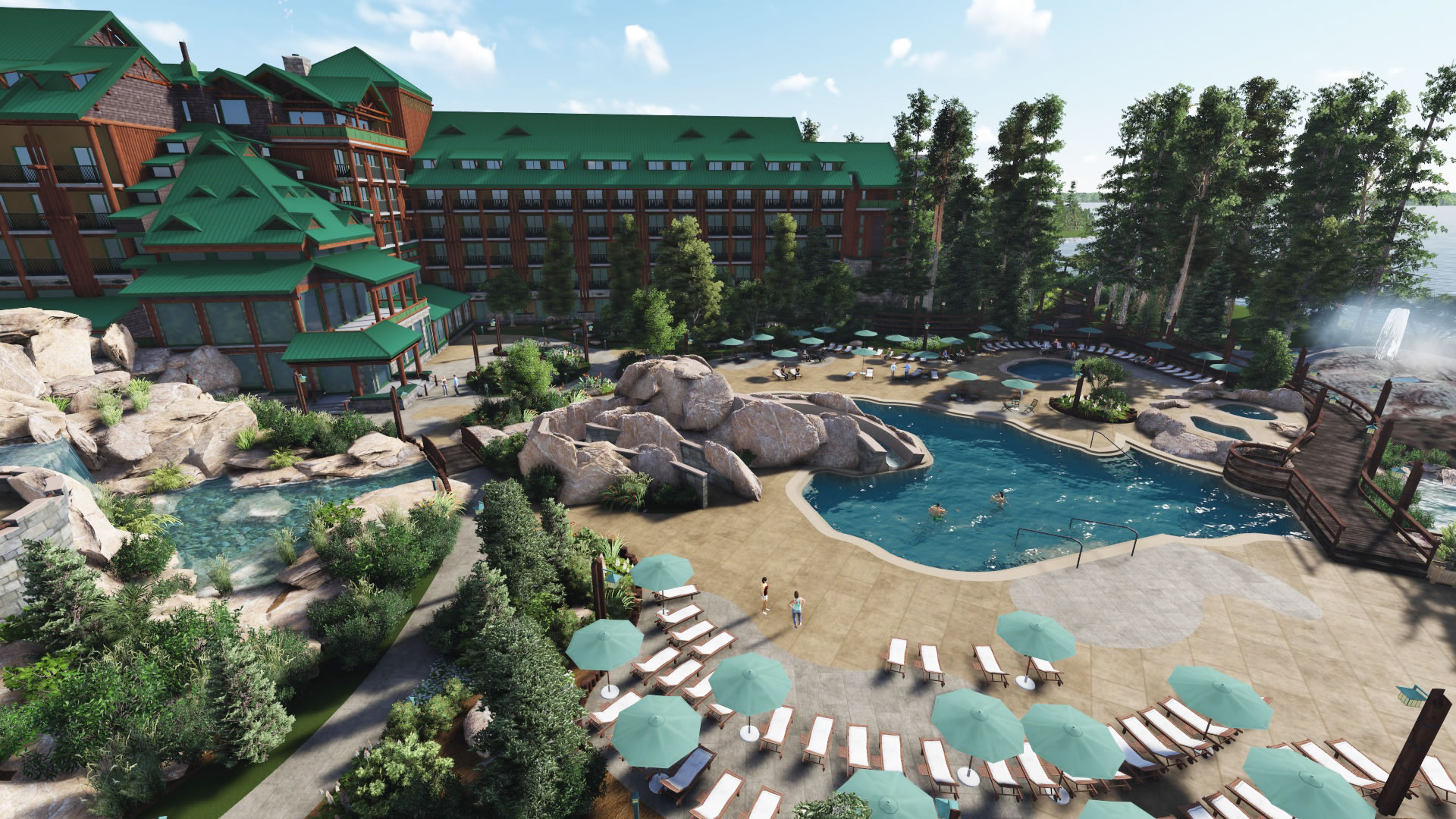
The examples below apply what we know from building 3D models and VR-ready environments for theme parks, resorts, and other clients, along with the unique ways we’ve seen interactive media used by our clients.
Virtual Reality for Higher Education: Beyond the Virtual Tour
Today, campus tours are the most common application of VR. This makes sense because virtual tours can be an important experience for prospective students, influencing their decision to further explore a school and pursue a physical, on-campus tour, or request more information.
But as VR becomes more mainstream and accessible – and consumers demand more than a fixed tour compiled of static 360 photospheres (essentially a video) – we’re going to see new and practical uses that go way beyond the virtual tour.
By nature, education provides a unique mix: great storytelling opportunities and multiple digital and physical touchpoints to engage prospects, current students, alumni, parents, etc. Add a highly competitive market, and the environment creates powerful and exciting potential to use virtual reality.
(Next page: 5 ways to incorporate virtual reality)
1. Virtual Reality for Marketing
Marketing has changed significantly in the past decade. Even as online channels further usurp marketing budgets, direct marketing, events and on-campus tours remain important for higher education marketing pros. Inbound strategies must complement outbound. Every on- and offline touchpoint must demonstrate the unique value of your school and provide multiple opportunities to experience the excitement of life as a student. According to a May 5, 2016 article about higher education marketing:
“A recent study by The Parthenon Group confirmed what many adult higher-education marketers already know: prospects consider program first and brand second. A Google study provides further insight, noting that 90 percent of higher-education shoppers don’t know what school they want to attend when they begin their search, and 83 percent of query paths begin with non-branded terms…
“Based on these findings, it’s evident that online targeting and segmentation at the program level is required to attract prospective adult students.”
Leading higher education marketers are already seeing VR as a way to highlight and promote specific academic programs, particularly those programs that help them stand out as an institution.
And what better way to engage people than through the power of storytelling?
“[VR] is inventing a new way to tell a story.”
– Jacques Methe, President, Cirque du Soleil Media
Let’s take a student interested in a top MBA program that also offers strong international training.
With virtual reality, an institution like Dartmouth’s Tuck School of Business could create a VR experience that allows prospective students to connect with Tuck’s study and work abroad programs, international associations and alumni groups, and perhaps even to interact with past and current student projects.
This experience can fully immerse the prospect in a student story – a persuasive “Choose Your Own Adventure”-style campus and academic program experience that takes them on a global tour that’s rich with interactive multimedia. Powerful!
However, VR’s challenges are the same regardless of your audience. Lea Kozin (@leakozin) does a great job of summing up VR’s marketing challenges in a recent post at VR Scout.
2. Virtual Reality for Admissions
Like marketing, higher education admissions professionals will have multiple ways to benefit from virtual reality, such as providing more customized experiences based on the specific interests of a prospect. Interested in the arts? Sustainability? Music? Business? Law? Tennis? You name it – admissions professionals will be able to easily provide customized VR experiences catering to interests of students and parents alike.
Additionally, admissions professionals will be able to engage prospects in the virtual world in order to ask them questions, serve as a virtual guide and – ideally – get them to visit the campus in real life (IRL!).
As the holders of the first touch – admissions and marketing could be on the bleeding edge of using VR to reach and engage prospects. But they’ll need to be willing to take some chances.
3. Virtual Reality for Campus Housing and Residential Life
Choosing a dormitory or school housing can be a tough decision. Even for students who have visited the campus in-person, it’s unlikely they experienced the breadth of housing options or visited the rooms where they may end up spending an academic year or more of their life. Based on our data (CampusBird served up more than 78,000 virtual tours in the first 6 months of 2016) dormitory/residence tours are among the most popular virtual tours that a school can provide.
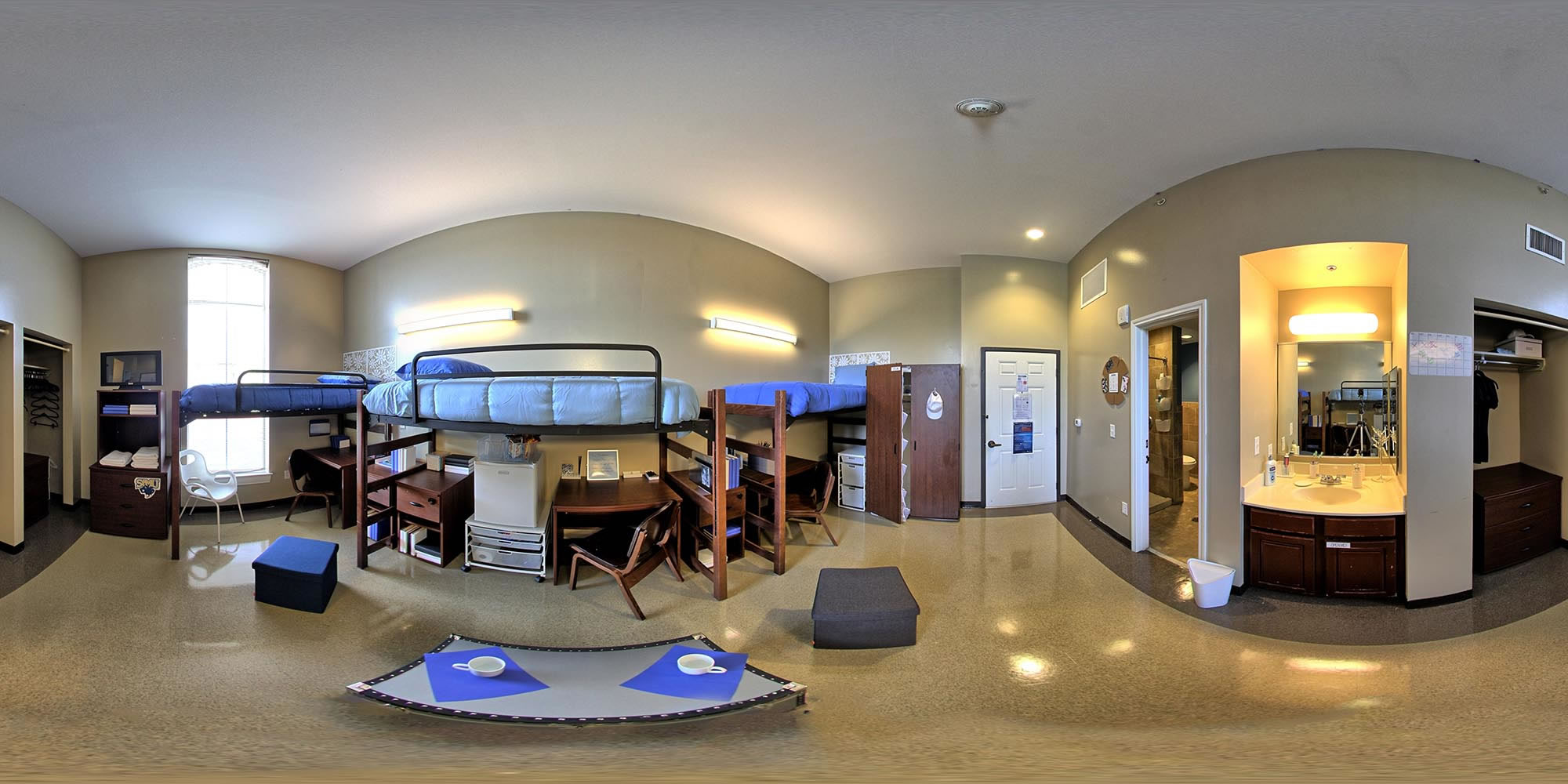
With virtual reality, housing and residential departments will provide students and parents the ability to experience the on-campus location of a dormitory, its surroundings and exterior, and – perhaps most important – the interior common areas and rooms themselves. This application of VR can help students get more comfortable with and excited about where they will be living.
(Next page: Virtual reality implementations 4-5)
4. Virtual Reality for Facilities Planning and Management
This is perhaps one of the most interesting areas for VR in higher education. Imagine if – instead of (or in addition to) – showing a static map or building a model, facilities planning and management professionals could show a 3D model – approachable by multiple angles, heights and views – of exactly how a new building, park, quad, field, etc. would look? It would be amazing. Want to tour the inside of a building planned for construction in 2020? Let’s go. Want to see the three different plans for the new stadium from a bird’s eye view? No problem.
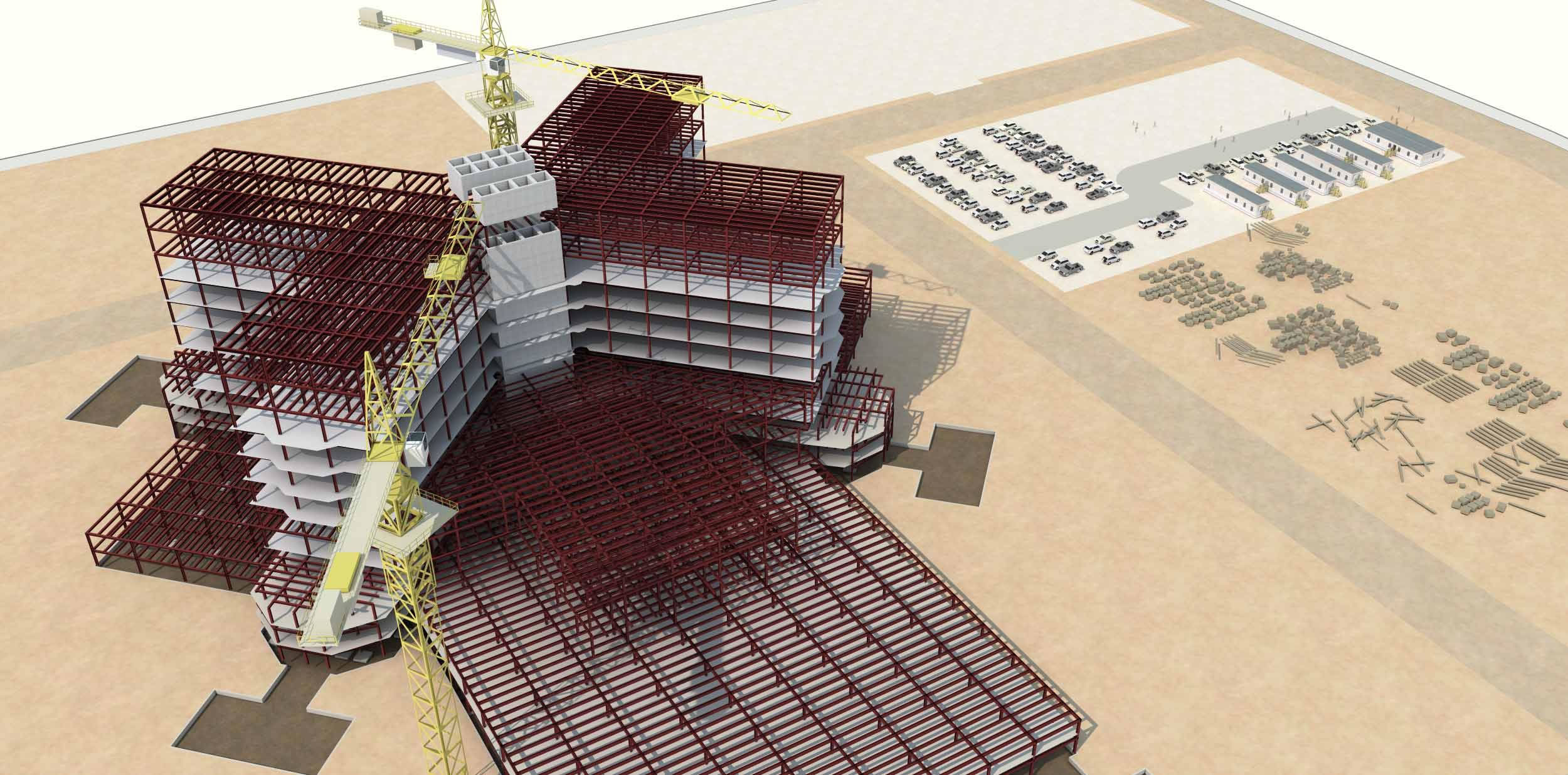
This application of VR will also be a major benefit to fundraisers – VR and 3D models provide a perfect way to provide a first-hand experience of future plans.
5. Virtual Reality for Alumni Relations
It may be more difficult to get grads (particularly those who still enjoy reading the Sunday paper – gasp!) interested in experiencing their old stomping grounds with VR. But that’s not to say they wouldn’t enjoy the opportunity.
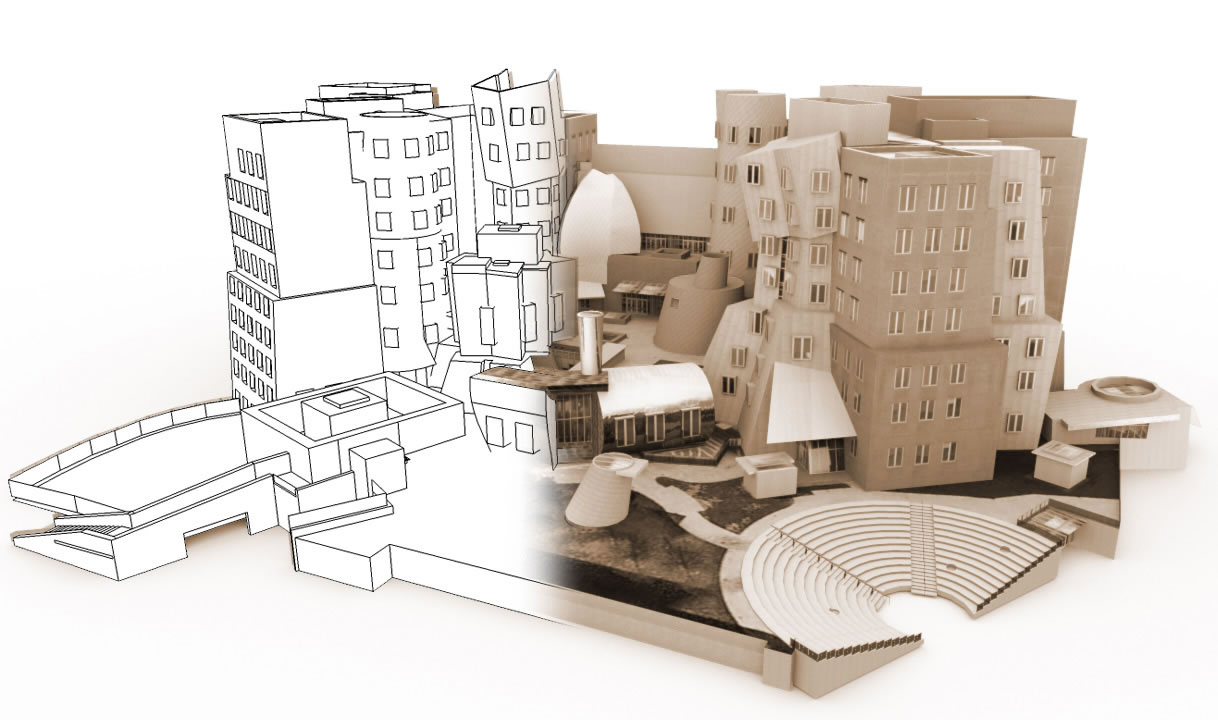
And what a way to experience recent changes to the campus grounds – new buildings, stadiums, parks, facilities, etc. – and also for school officials to respectfully solicit donations – than by providing a unique VR experiences of a planned facility upgrade, new scholarship or academic program, new exhibit at a museum, etc. The opportunities are many.
Wrap Up
Despite the two-to three-year adoption estimate, we’re going to continue to see a lot of innovation in virtual reality, and education professionals will be wise to embrace the potential of VR and find partners to help them figure out how VR can work to benefit their students, staff, parents and alumni.
References and Links
- Zack Mertz checks out three different VR headsets in this short video
- Homido Mini, Mini Virtual Reality Glasses for Smartphone, $15
- View-Master Virtual Reality Starter Pack, $25
- HooToo 3D VR Virtual Reality Headset, $40
- 2016 NMC Horizon Report
- Press Release: “Consumer Excitement for VR is High”
- YouTube supports VR
- Microsoft Hololens is AR. There are many videos that explain the difference
- GoPro is taking pre-orders on this product. 360 video
[Editor’s note: This post was originally published on the Campus Bird Blog. Read more on their blog here: http://www.campusbird.com/blog/]
- Educause, AWS launch generative AI readiness assessment tool for higher ed - April 23, 2024
- A bungled FAFSA rollout threatens students’ college ambitions - April 19, 2024
- Using real-world tools to prepare students for the workforce - April 18, 2024

